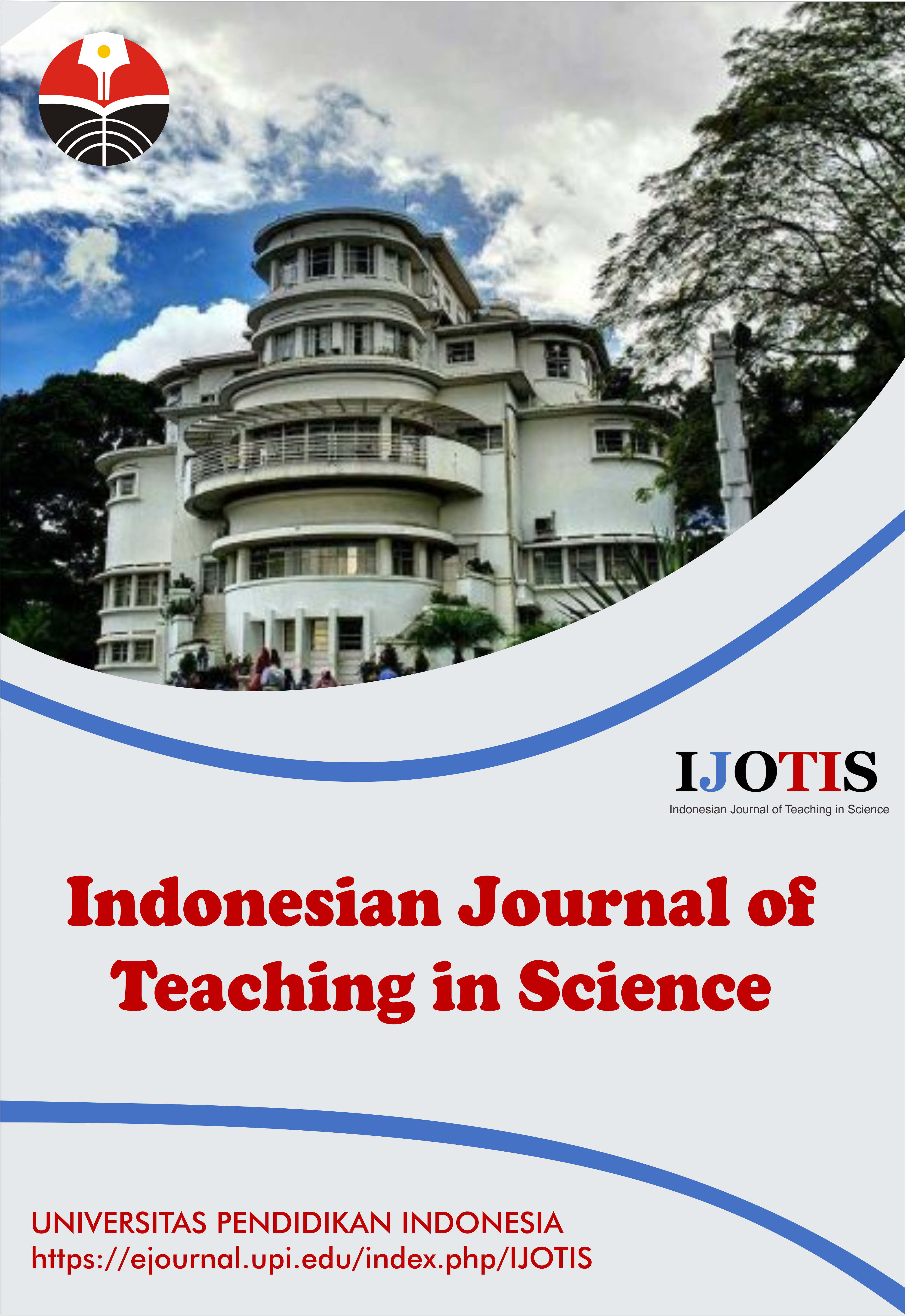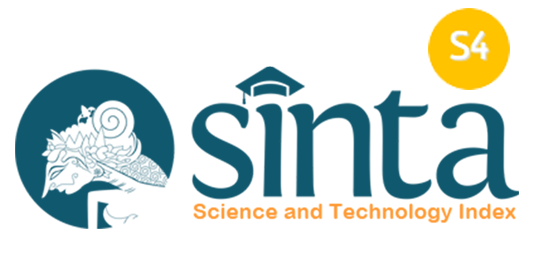Animation for Educating, Socializing, and Giving Understanding Characteristics of Malnourished Children
Abstract
Keywords
Full Text:
PDFReferences
Aghni, R. I. (2018). Fungsi dan jenis media pembelajaran dalam pembelajaran Akuntansi. Jurnal Pendidikan Akuntansi Indonesia, 16(1), 98-107.
Anggraeni, R., and Maryanti, R. (2021). Implementation of video learning media in Islamic Religious Education subjects. Indonesian Journal of Multidiciplinary Research, 1(2), 257-266.
Anshori, M. H., and Wulandari, E. (2020). Efektifitas model pembelajaran kooperatif tipe numbered head together dengan pendekatan probing prompting learning berbantuan puzzle batik pythagoras terhadap hasil belajar matematika siswa smp. THETA: Jurnal Pendidikan Matematika, 2(1), 12-19.
Gunawan, G., Fadlyana, E., and Rusmil, K. (2016). Hubungan status gizi dan perkembangan anak usia 1-2 tahun. Sari Pediatri, 13(2), 142-6.
Hizriyani, R. (2021). Pemberian asi ekslusif sebagai pencegahan stunting. Jurnal Jendela Bunda Program Studi PG-PAUD Universitas Muhammadiyah Cirebon, 8(2), 55-62.
Lutviana, E., and Budiono, I. (2010). Prevalensi dan determinan kejadian gizi kurang pada balita. KEMAS: Jurnal Kesehatan Masyarakat, 5(2), 138-144.
Millatina, S. N., Maryanti, R., and Wulandary, V. (2022). Strengthening literacy of cultural arts and crafts in the material of sculpture for 6th-grade elementary school students through learning video media. Indonesian Journal of Educational Research and Technology, 2(3), 189-194.
Nahar, B., Hamadani, J. D., Ahmed, T., Tofail, F., Rahman, A., Huda, S. N., and Grantham-McGregor, S. M. (2009). Effects of psychosocial stimulation on growth and development of severely malnourished children in a nutrition unit in Bangladesh. European Journal of Clinical Nutrition, 63(6), 725-731.
Nasution, L., and Ichsan, R. N. (2020). Gaya kepemimpinan kepala sekolah terhadap kinerja guru. Jurnal Penelitian Pendidikan Sosial Humaniora, 5(2), 78-86.
Ningrum, N. P., Hidayatunnikmah, N., and Rihardini, T. (2020). Cegah stunting sejak dini dengan makanan bergizi untuk ibu hamil. E-Dimas: Jurnal Pengabdian kepada Masyarakat, 11(4), 550-555.
Oktavianingtyas, E., Salama, F. S., Fatahillah, A., Monalisa, L. A., and Setiawan, T. B. (2018, November). Development 3D animated story as interactive learning media with lectora inspire and plotagon on direct and inverse proportion subject. Journal of Physics: Conference Series,1108(1), 012111.
Prastiwi, M. D., and Nurita, T. (2018). Kemampuan pemecahan masalah pada siswa kelas VII SMP. Pensa E-Jurnal: Pendidikan Sains, 6(02), 98-103.
Rauza, I., and Andina, M. (2017). Hubungan indeks massa tubuh anak kurang gizi terhadap total protein dan albumin. Buletin Farmatera, 2(3), 132-139.
Serevina, V., Astra, I., and Sari, I. J. (2018). Development of e-module based on problem based learning (PBL) on heat and temperature to improve student's science process skill. Turkish Online Journal of Educational Technology-TOJET, 17(3), 26-36.
Shahid, A. S. M. S. B., Alam, T., Shahrin, L., Shahunja, K. M., Sarmin, M., Afroze, F., Waliur Rahman, M., Faruque, A.S.G., Ahmed, T. and Chisti, M. J. (2021). Early management of hypokalaemia in severely malnourished children under five could help to reduce deaths in developing countries. Acta Paediatrica, 110(5), 1658-1664.
Simatupang, M., Setiawan, N. A. P. H., Purwandini, P., and Simamora, H. R. (2020). Pemanfaatan biskuit biji nangka untuk meningkatkan berat badan anak dengan masalah gizi kurang di puskesmas pinangsori kabupaten Tapanuli Tengah tahun 2020. TRIDARMA: Pengabdian Kepada Masyarakat (PkM), 3(2), 226-235.
Uwaezuoke, S. N., Ndu, I. K., and Eze, I. C. (2019). The prevalence and risk of urinary tract infection in malnourished children: A systematic review and meta-analysis. BMC Pediatrics, 19(1), 1-20.
Wajdi, M. A. F., and Andina, M. (2017). Hubungan indeks massa tubuh anak kurang gizi terhadap kolesterol dan lipoprotein. Buletin Farmatera, 2(2), 76-84.
DOI: https://doi.org/10.17509/ijotis.v2i2.49548
Refbacks
- There are currently no refbacks.
Copyright (c) 2022 Universitas Pendidikan Indonesia

This work is licensed under a Creative Commons Attribution-ShareAlike 4.0 International License.
Indonesian Journal of Teaching in Science (IJoTIS) is published by Universitas Pendidikan Indonesia (UPI)
 Indonesian Journal of Teaching in Science
Indonesian Journal of Teaching in Science



